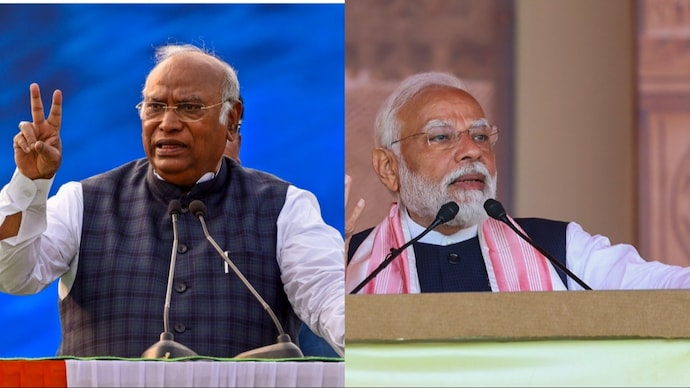Over the past decade, Indian politics has witnessed a battle of narratives between the ruling government and the opposition Congress party, manifested through the contrasting publications of “black paper” and “white paper.” These documents serve as platforms for each party to present its assessment of the nation’s socio-economic and political landscape, often highlighting successes and failures to influence public opinion.
The Congress party, during its tenure as the opposition, has periodically released “black papers” to scrutinize the government’s policies and performance. These papers typically emphasize alleged shortcomings, failures, or controversies within the government’s governance framework. Over the past ten years, Congress’ black papers have addressed a range of issues, including but not limited to economic slowdown, unemployment, agrarian distress, corruption scandals, erosion of democratic institutions, and social unrest. These documents serve as a tool for the opposition to hold the ruling party accountable and rally public support against them.

SOURCE:- BBC NEWS
Conversely, the government, led by the Bharatiya Janata Party (BJP), has responded with its own publications known as “white papers.” These documents aim to counter the criticisms laid out in the black papers while highlighting the government’s achievements, policy initiatives, and developmental milestones. White papers often provide a rosy picture of the government’s performance, showcasing statistics and case studies to support their claims. Over the past decade, BJP’s white papers have focused on showcasing economic growth, infrastructure development, social welfare schemes, foreign policy achievements, and efforts towards good governance.
SOURCE:- NDTV
However, both the black and white papers are often criticized for being politically biased and selective in their presentation of facts. Critics argue that these documents prioritize political messaging over objective analysis, leading to a polarized discourse where each party cherry-picks information to suit its narrative.
Looking back at the past ten years, the black and white papers have been emblematic of the broader political landscape in India, characterized by intense ideological battles and partisan rhetoric. While the opposition uses black papers to highlight government failures and mobilize public discontent, the ruling party counters with white papers to defend its record and project a positive image. This cycle of accusation and rebuttal underscores the competitive nature of Indian democracy, where political parties constantly vie for power and legitimacy through various means, including public discourse and propaganda.
Ultimately, the efficacy of black and white papers lies in their ability to sway public opinion and shape electoral outcomes. As India continues to grapple with complex challenges and opportunities in the coming years, these documents will likely remain crucial tools for political actors seeking to influence the national narrative and secure electoral success.
Share your views in the comments

